
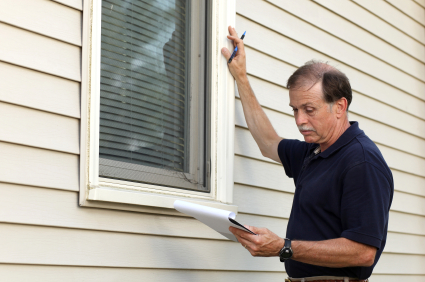
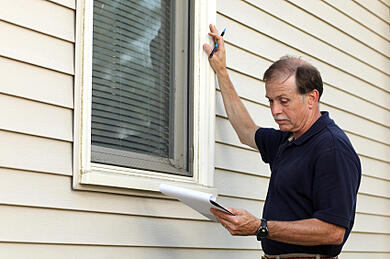 Before purchasing a home, a professional home inspection will reveal a lot about the mechanical operation and possible defects your future homestead. The American Society of Home Inspectors (ASHI) recently surveyed its members to find the top 10 ten problems exposed by home inspections.
Before purchasing a home, a professional home inspection will reveal a lot about the mechanical operation and possible defects your future homestead. The American Society of Home Inspectors (ASHI) recently surveyed its members to find the top 10 ten problems exposed by home inspections.
1. Water, Water Everywhere. Improper surface grading and drainage was by far the most frequently found problem. Many common household maladies can be directly linked back to this issue, including cracked slabs and water penetration of the basement, footings or crawlspace. The most effective remedies for insufficient drainage include re-grading the ground around the house or installing a gutter and downspout system to provide positive drainage away from the foundation.
2. All Wires Lead to Rome. Inspectors continuously noted improper and undersized electrical wiring. Examples include insufficient electrical service to the home, aluminum wiring, inadequate overload protection, improper grounding and dangerous amateur wiring connections (DIY-ers gone wrong). This is a serious safety hazard, not just a cosmetic defect.
3. An Old, Beat Up Hat. Older and damaged roofs were observed in an overwhelming number of reports. They found many wood shake roofs at the end of their useful life, and reported that in real world conditions, asphalt shingle roofs only last about 15 to 20 years. Subsequently, roof leakage caused by old or damaged shingles or improper flashing is commonly to blame for extensive internal damage. Regular maintenance to repair damaged shingles and re-caulk roof penetrations can slightly extend the life of a roof. However, if put off, major roof repairs or replacement may be required down the road.
4. The Little Heater that Could. Deficient and older heating systems, including broken or malfunctioning controls, blocked chimneys, unsafe exhaust flues and cracked heat exchangers represent more than simple, inefficient heating. They are major health and safety hazards. Surprisingly, some inspectors even found natural gas leaks in the homes! Heating systems should be serviced and maintained annually by a professional serviceman according to the manufacturer's instructions. If replacement is required, the cost of a more efficient central heating system can be recouped by the subsequent reduction in heating and cooling costs.
5. Good ‘ol Fashioned Neglect. Americans, on average, take better care of their cars than they do their homes. That’s the consensus of many home inspectors that site poor overall maintenance. Cracked, peeling or dirty painted surfaces, crumbling masonry, make-shift wiring or plumbing, and broken fixtures or appliances were commonplace. Although some of these problems may seem more cosmetic than serious, they reflect the overall lack of care that has been given to a home.
6. Sticks and Stones May Break My Bones. Structural problems, typically as a result of problems in one or more of the above categories, have been noted during home inspections in the form of damage to structural components such as foundation walls, floor joists, rafters or window and door headers. These challenges are more common in older homes.
7. Perplexing Plumbing Problems. Plumbing defects ranked high among the problems encountered by inspectors. Old or incompatible piping materials, faulty fixtures, out of order waste lines and improperly strapped hot water heaters were all noted as commonplace.
8. The Outdoors Comes In. Home inspectors often note out-of-date exterior doors and windows on their home inspection reports. Air infiltration and drafts make for uncomfortable rooms and high utility bills. Water infiltration can also cause major damage around window and door openings. For these reasons, the investment in new replacement windows and entry doors should be seriously considered. Inadequate caulking and poor weather stripping can also be repaired or replaced to eliminate drafts and increase efficiency.
9. I can’t breathe! Poor home ventilation is sometimes revealed during an inspection. Some homes have inadequate and improper venting in bathrooms and kitchens. The resulting excessive interior moisture can cause rotting and premature failure of both structural and nonstructural elements. The only thing worse than not enough venting is improper venting. Many homes have bathroom and kitchen fans that exhaust into the attic or other interstitial cavity. Not only does this not remove the moisture properly but it will lead to the accumulation of mold, which often causes allergic reactions.
10. A Little of This, A Little of That. Home inspectors also reported miscellaneous items that included various interior components such as sticky windows or dripping faucets. A number of environmental concerns, such as lead-based paint and asbestos, were also noted as common findings during inspections.
Windows on Washington provides exterior home improvement solutions for 5 of the 10 problems listed as the most commonly reported defects by home inspectors.
Whether you plan to live in your home for years to come, or want to make it stand out when it comes time to sell, we can make your home improvement plans a reality. Replacement windows and doors, siding, roofing, gutters, air sealing and insulation are our specialty. Let one of our consultants show you how we can make your home an inspector’s dream!

This list represents a national average, and problems vary by climate, building codes, and the age of a structure, among other things. For more information, visit www.ashi.com.
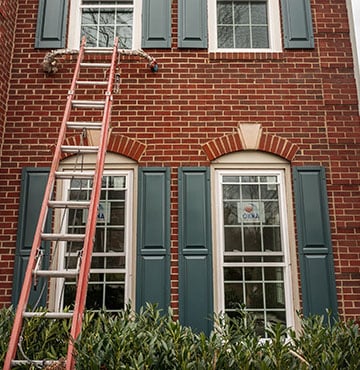
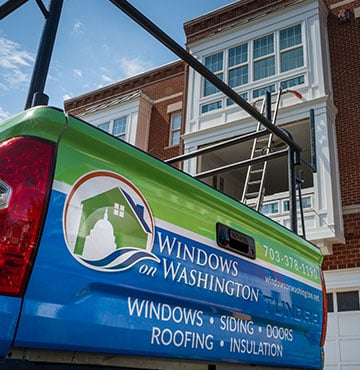
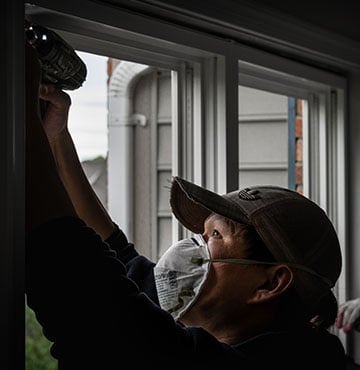
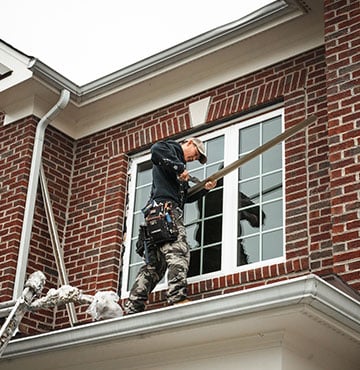


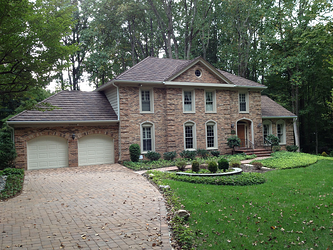
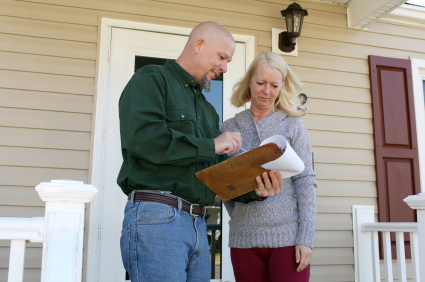
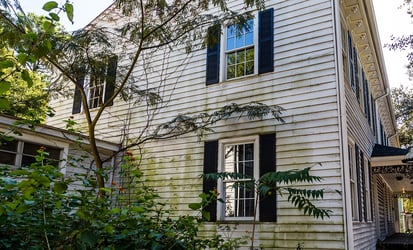

%20(720%20%C3%97%20510%20px)%20(500%20%C3%97%20500%20px)%20(300%20%C3%97%20300%20px)%20(400%20%C3%97%20400%20px)%20(700%20%C3%97%20700%20px)%20(480%20x%20550%20px).png?width=480&height=550&name=Untitled%20(860%20%C3%97%20860%20px)%20(720%20%C3%97%20510%20px)%20(500%20%C3%97%20500%20px)%20(300%20%C3%97%20300%20px)%20(400%20%C3%97%20400%20px)%20(700%20%C3%97%20700%20px)%20(480%20x%20550%20px).png)

Comments